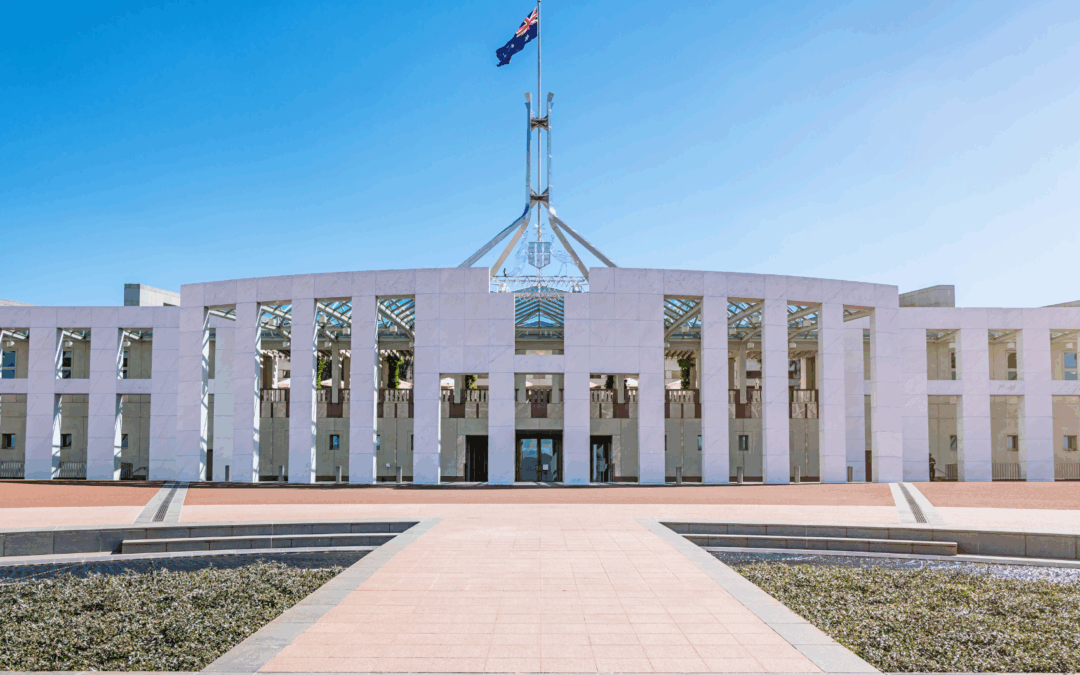The Federal Government has announced welcome adjustments to the proposed new legislation (Division 296) which seeks to tax earnings on superannuation balances above $3 million. Key changes include:
- a move to a “realised earnings” approach, meaning that the tax will not be imposed on unrealised gains
- introduction of a second (higher) threshold at $10 million
- indexing both thresholds of $3 million and $10 million to CPI
- deferred commencement to 1 July 2026 to allow consultation and implementation work
Who will be affected?
- Individuals with more than $3 million across all their Australian superannuation accounts as at 30 June each year including self-managed super funds (SMSFs), large industry or retail funds, and certain defined benefit pensions.
- Members with total superannuation balances of $3 million and members with total superannuation balances of $10 million will be indexed to the Consumer Price Index (CPI). The $3 million threshold will be indexed in increments of $150,000 and the $10 million threshold in increments of $500,000.
How will the tax work?
As is the case with income tax, trustees of superannuation funds will be required to calculate their own actual taxable earnings each year and report the relevant share for members with balances over $3 million. This approach shifts more of the calculation work to super fund trustees, rather than the ATO. Under the proposal:
- The portion of your super between $3 million and $10 million would attract an extra 15 % tax on its earnings (on a per member basis)
- For amounts over $10 million, the rate increases and would attract an extra 25% tax on its earnings (on a per member basis)
- Both thresholds will rise over time with inflation ($3M in $150k steps, $10M in $500k steps)
If passed, the new rules would commence 1 July 2026, with the first balances tested at 30 June 2027 and the first assessments issued in 2027–28.
One thing that remains uncertain is how realised gains will be captured within “realised earnings”. It’s not clear at this stage whether the new definition of earnings will capture:
- Just gains that build up in the future (after 1 July 2026) and are realised in the future, or
- All gains that are realised in the future (regardless of whether they built up before or after 1 July 2026).
What should I do now?
- Don’t panic. This measure is not yet law and may still change. A revised Bill containing the details of changes is yet to be issued by the Federal Government.
- Seek professional advice before making any withdrawals or significant changes. There may be broader tax, retirement and estate planning implications. Super remains a highly tax-effective retirement vehicle, even with these changes.
- Ensure your fund’s records and asset valuations are up-to-date and robust, especially for SMSF members.
- Start the conversation with your Financially Sorted adviser now to understand the implications if needed. Only a small proportion of super fund members will be impacted, but for those with high balances the effect may be material.
For further information about Division 296 and how it may affect you, please contact us. Legislation is complex and your personal circumstances matter. We can advise you on the best approach for your personal situation.
Confused or Concerned?
Contact us to understand the implications of Division 296 on your personal situation.

